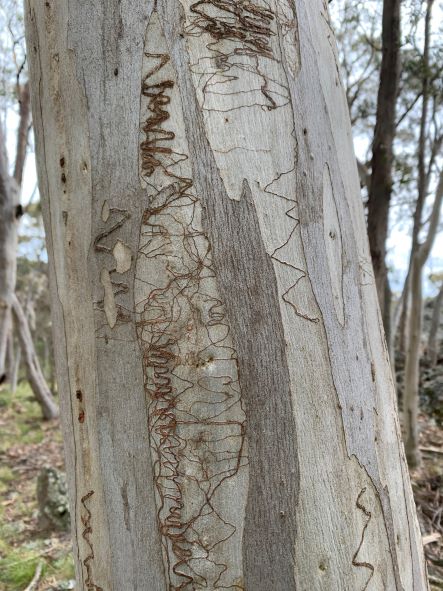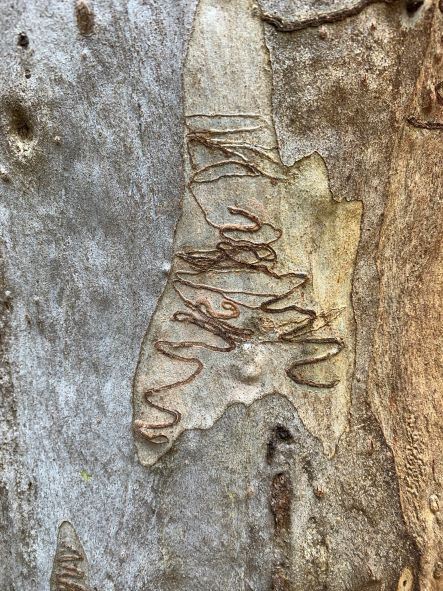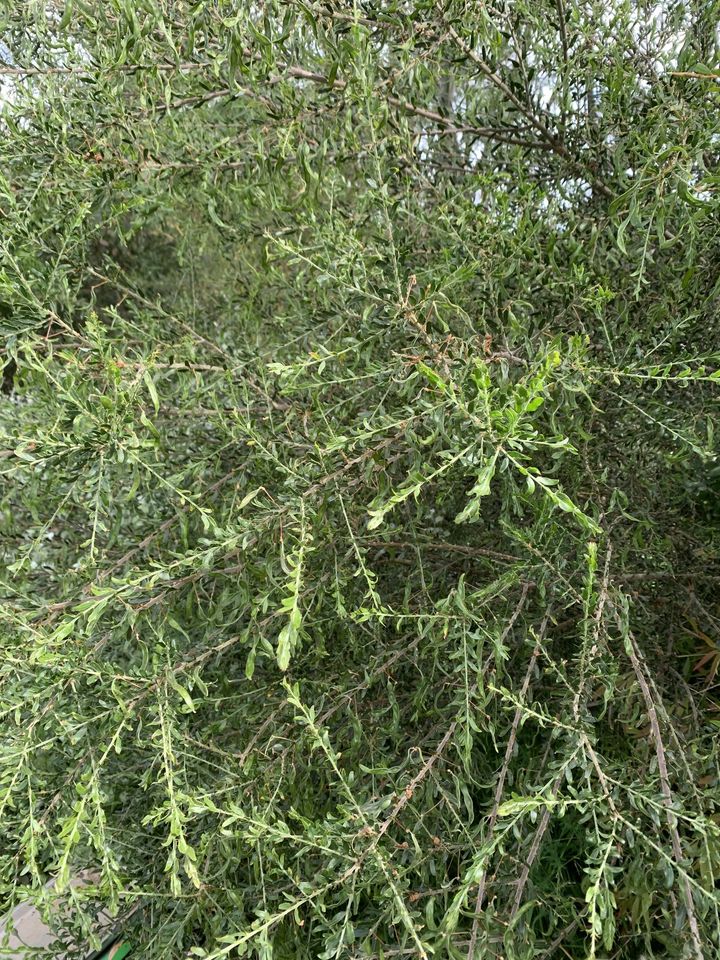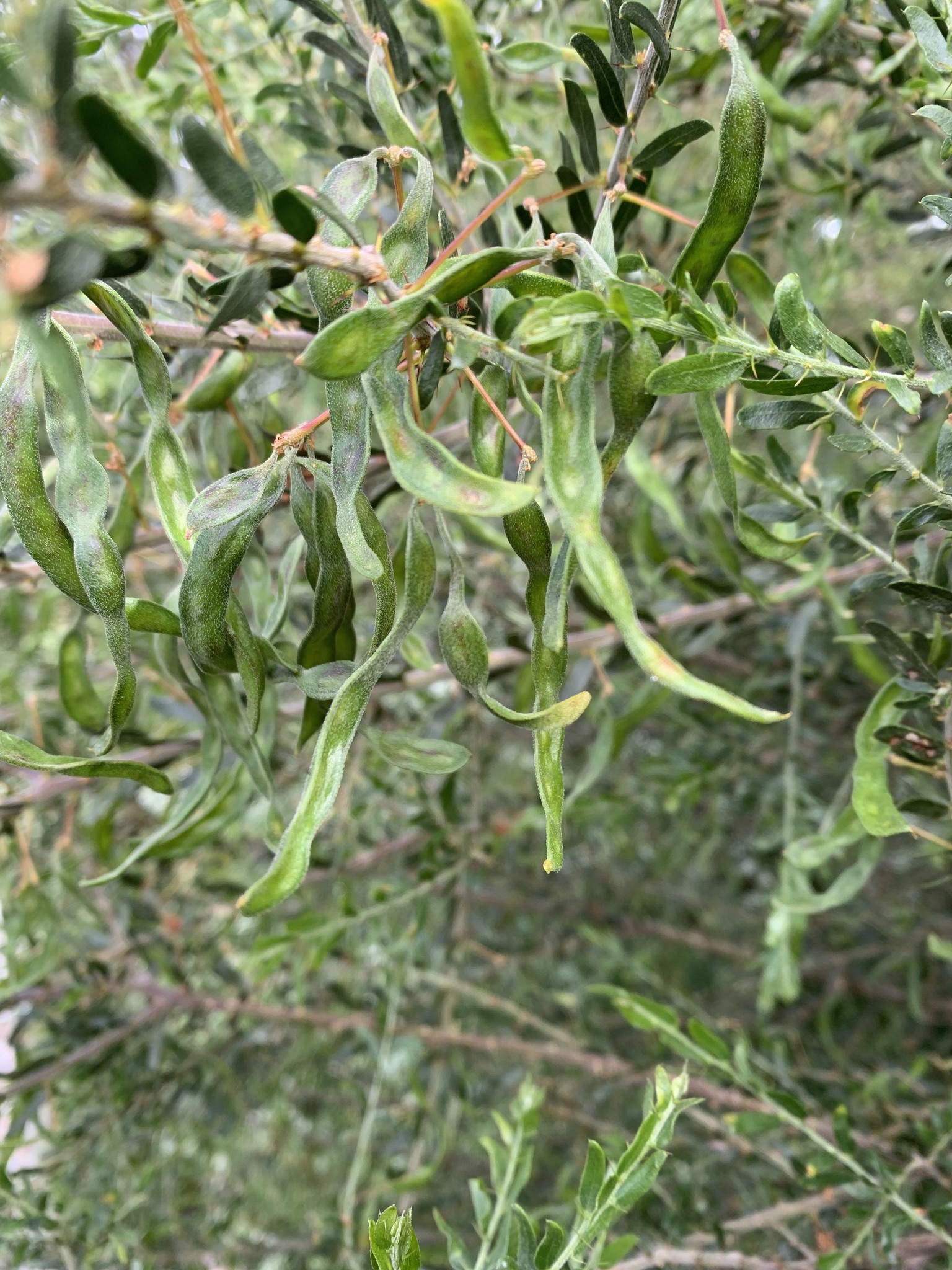Indigofera australis, the Australian Indigo or Austral Indigo, is an attractive species of leguminous shrub in the genus Indigofera.
This plant is currently seeding but you need to watch this plant until the seed pods turn brown but before they split open dispersing their small seed. Again if you have multiple plants and are willing to collect mature seed contact Kath.
Click here for further information on this plant provided by the Australian Native Plant Society (Australia).

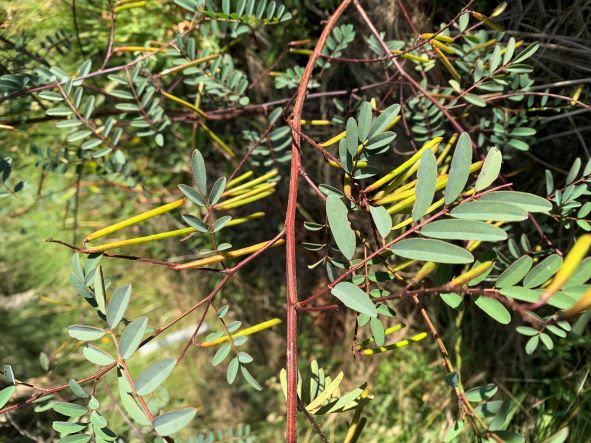
Landcare nursery managers within YAN are requesting regional landholders who have large numbers of mature plants, which are part of the YAN Climate Ready list, to consider collecting local seed when the seed matures in coming months. If you are keen to assist in this venture please email Kath.
Click here to view the full list of Climate Ready plants grown across our Landcare nurseries in Murrumbateman, Bowning-Bookham and Yass.


